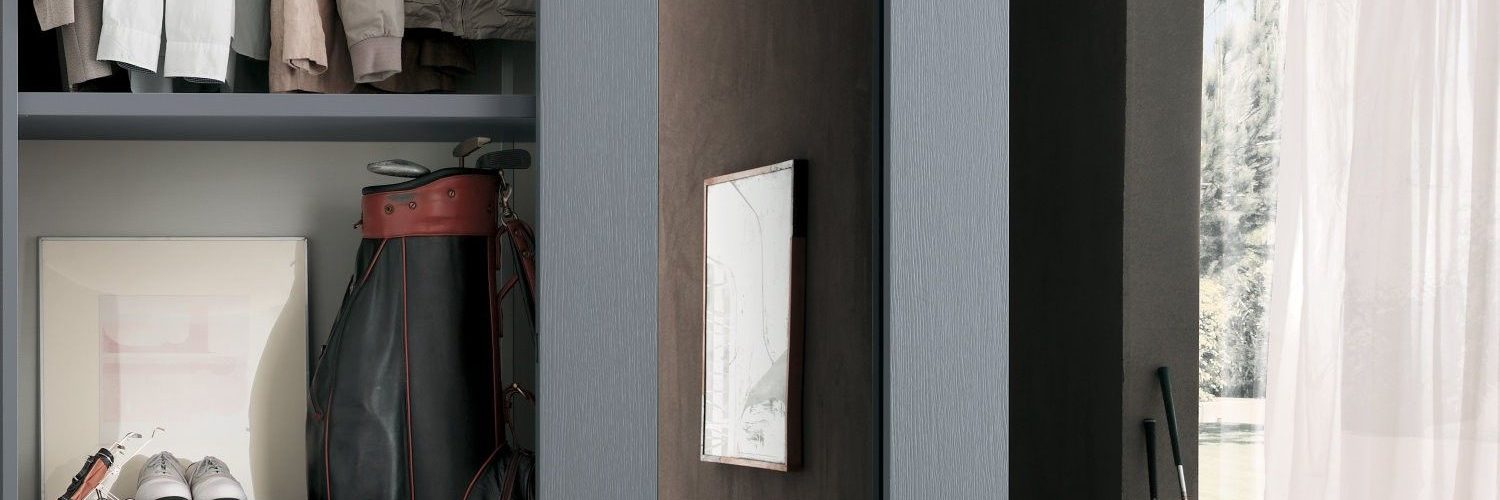Modern closet doors come in a great number of styles. The majority of currently-owned homes in America were constructed in the 1970’s and 1980’s. Most closet doors in the 70’s and 80’s were simple slabs of hardwood or plywood. On rare occasions, there were embossed designs on closet doors, but this was usually only present in high-end homes in the southwest.
If you’re looking to replace your closet doors, you’ll be happy to know that there are a number of new modern styles of doors that will fit perfectly with your home. Some of these doors are culturally influenced, and take on elements of doors in Japanese architecture. Some of the doors are sleek and futuristic, making used of brushed silver and steel to frame colorfully-painted hardwood.
Let’s take a look at some of the styles of closet doors available in modern interior design:
Contents
Shoji Doors:
Shoji doors are a Japanese-inspired interior door design. They are common in pricey homes on the West Coast, where Japanese architecture has become more common in homes and in gardens. The Shoji door is both elegant and durable. It can adapt to be a bi-folding door or a bypass door, with modification.
Accordion Doors:
The accordion door looks exactly as the name implies. It is a popular door coming to prevalence in the Pennsylvania area, and collapses much like a bi-folding door, but usually only collapses one way, crumpling up like an accordion. They are made of a variety of materials, but mostly plywood or metal. Some ritzier homes have glass accordion doors for cooled wine cabinets!
Frosted Glass Doors:
Frosted glass doors are relatively new on the market, but appeared in high-end homes as early as the 1990’s. They are most commonly used in food closets to give an appealing look to the food itself. The beautiful thing about frosted glass doors is how light passes through them, and how clothes and other items appear in a myriad of blurry colors. They are an elegant way to finish any room.
Plexiglass Doors:
Plexiglass looks just like glass, but is a lot safer. Plexiglass is not prone to breakage or fractures, and is safe around children. Plexiglass is also often used in wardrobe closets to display the clothing and items inside, but it can also partition a food closet, in order to clearly display the items inside. Plexiglass is strong alternative to glass, and is also often used in French doors and exterior doors for security.
Bi-folding Doors:
A common implement, the bi-folding door folds outwards into a “W” shape. It takes up the least space out of any other closet door design, save for the accordion design. It is an ideal design for walk-in wardrobes and closets, but is also commonly used for other purposes as well. The bi-folding door can be adapted to a variety of design options. Shoji doors can be turned into bi-folding doors, as can frosted glass or even plexiglass doors. Bi-folding doors are typically the most difficult of any door design to install, but are also the least expensive. You can do the installation yourself using a variety of pivots, springs and metal tracks.
Bypass Doors:
The bypass door is just as common as the bi-folding door. The accordion door could be called a bypass door of sorts. This door design uses a series of panels on rolling wheels that collapse behind one and another to save space. They are one of the most highly-popular designs in America, and have been commonly used since the early 1900’s in homes across the country, but still remain a common implement in modern interior design and architecture.
“Garage Door” Closet Doors:
Less common, the garage door closet door design is a sleek and unique type of door. The door slides vertically along a track, collapsing into itself, almost like a vertical accordion door. The door locks in place to prevent it from falling upon the person stepping inside the closet, but can be unlocked with a simple tug of a pull-string, and it will gently fall back into place (thanks to plastic bumpers and friction rollers). The garage door closet door was famously displayed in rapper Lil’ Wayne’s home, on MTV.
Related Posts
<>



